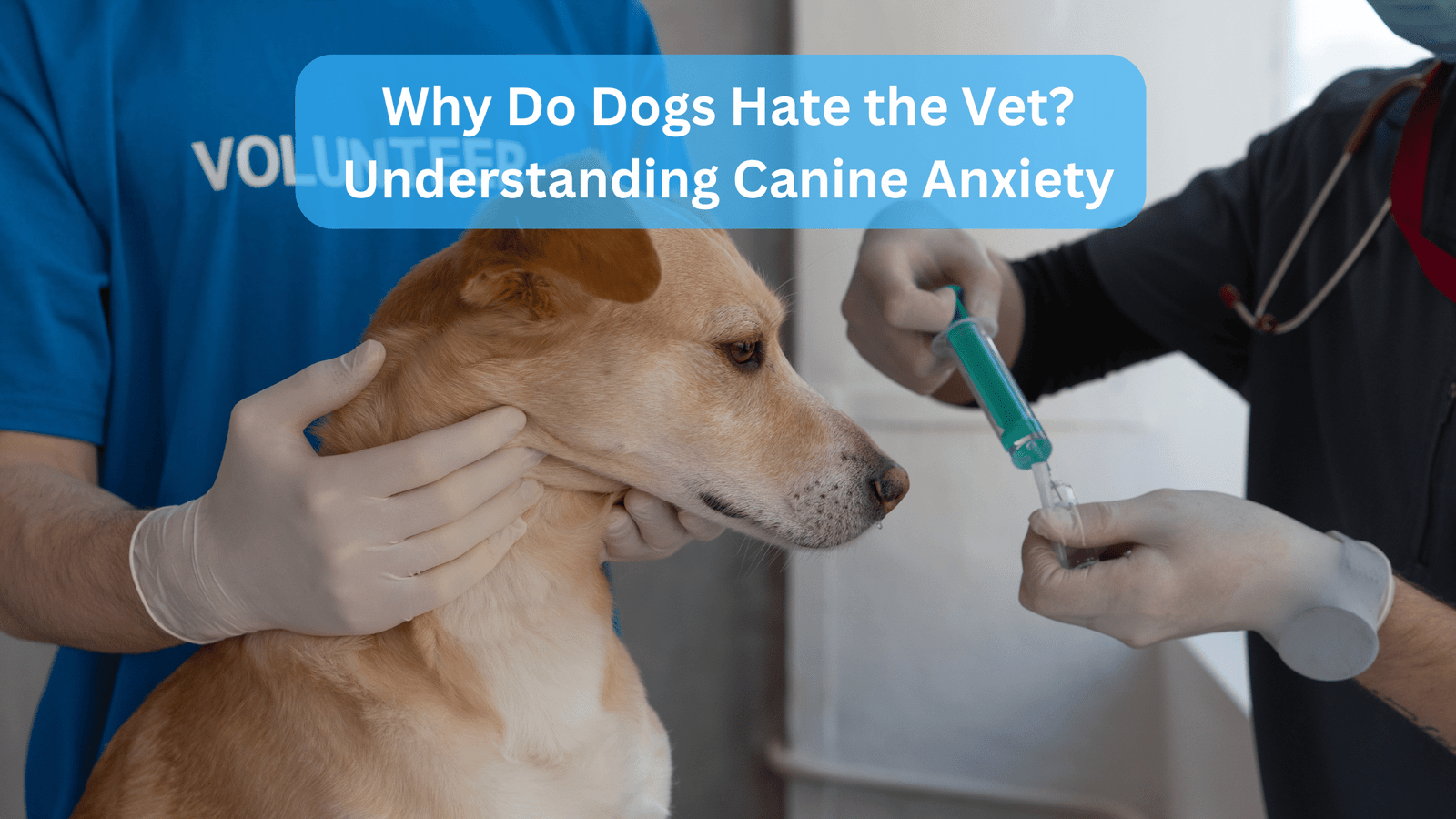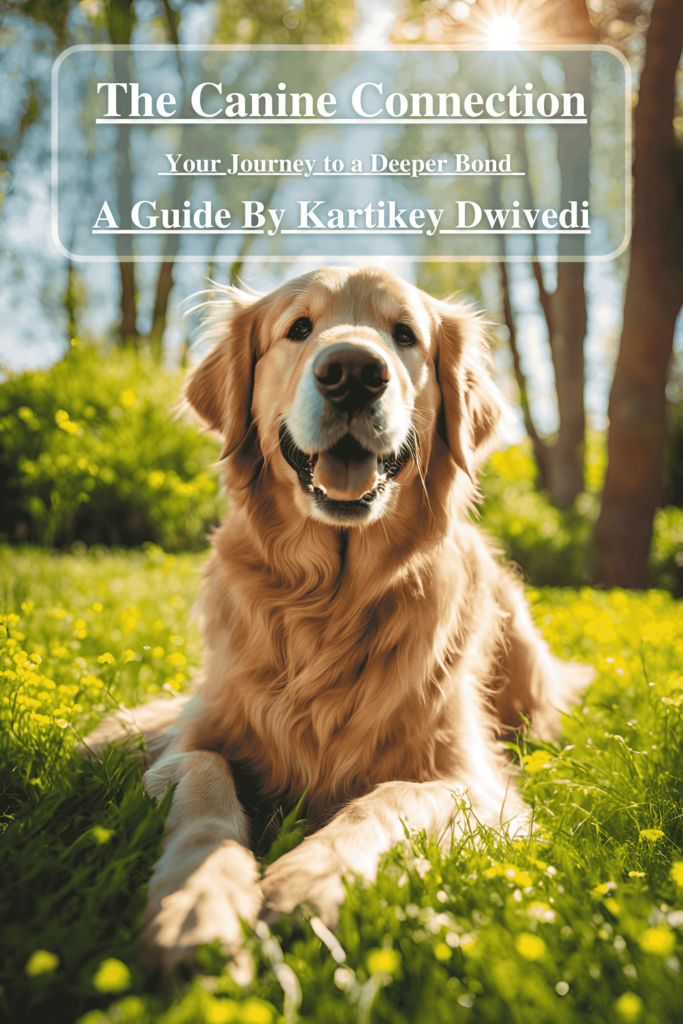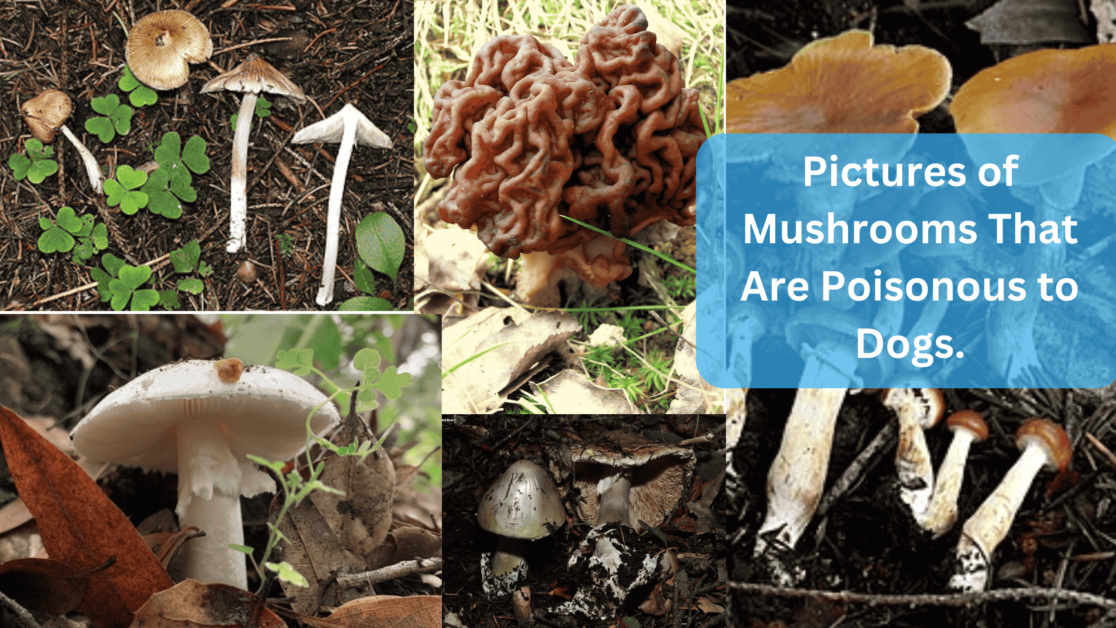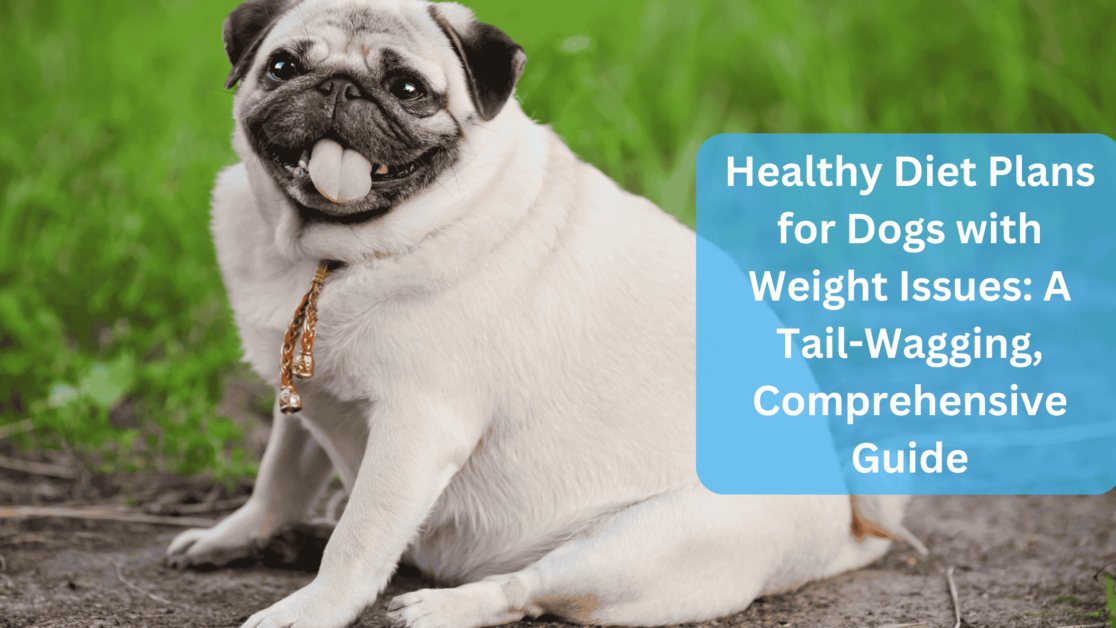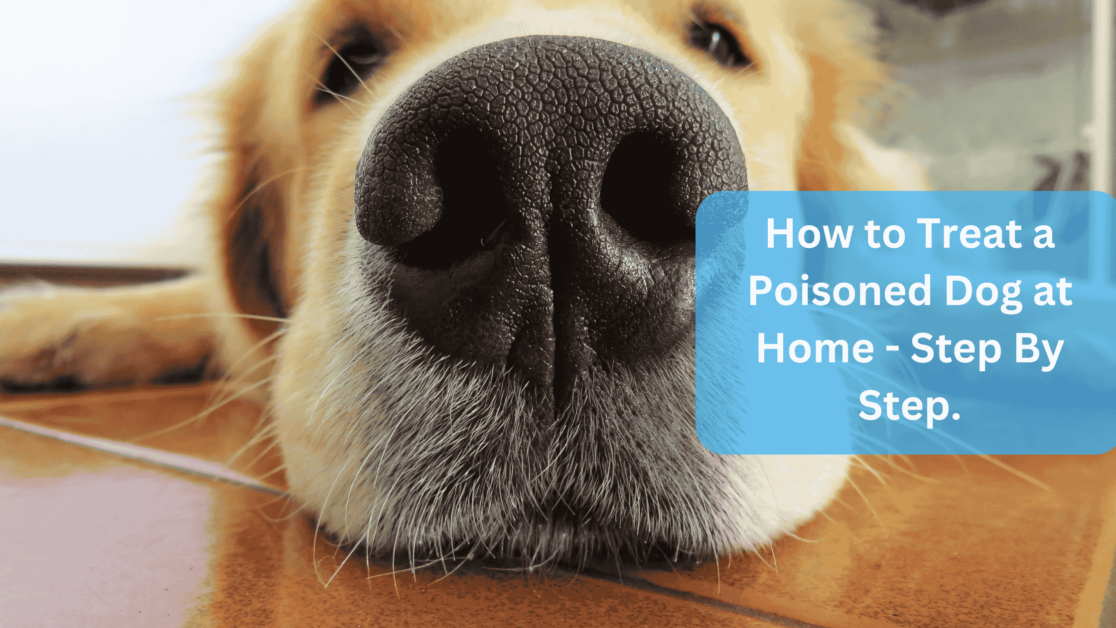Why Do Dogs Hate the Vet? – Taking your dog to the veterinarian is a necessary part of pet ownership, yet many dogs display signs of anxiety or fear during these visits.
Understanding the reasons behind this aversion can help pet owners create a more positive experience for their furry companions.
Why Do Dogs Hate the Vet? – Common Reasons for Vet Anxiety in Dogs

Dogs may develop a strong dislike for vet visits due to several interconnected factors:
- Traumatic Experiences: Many dogs only visit the vet when they are sick or need vaccinations, which can lead to negative associations. If a dog has had painful procedures or stressful experiences in the past, they may remember these events and react with fear during future visits.
- Fear of the Unknown: The vet’s office is often filled with unfamiliar sights, sounds, and smells. Dogs may feel insecure in this new environment, leading to anxiety. Their acute sense of smell can pick up on various odors that may be overwhelming, further heightening their stress.
- Unfamiliar Handling: Being restrained or handled by unfamiliar people can be distressing for dogs. Many dogs are not accustomed to being touched in certain areas or being held still for examinations, which can trigger fear responses.
- Owner’s Anxiety: Dogs are sensitive to their owners’ emotions. If an owner is anxious or stressed about the vet visit, their dog may pick up on these feelings and mirror that anxiety.
- Separation Anxiety: Some dogs experience separation anxiety when away from their owners. Being left in a vet’s office, even for a short time, can trigger feelings of panic and distress.
- Socialization Issues: Dogs that have not been properly socialized may feel overwhelmed in the presence of other animals and people at the vet’s office. This can lead to fear and anxiety during visits.
- Health Issues: Dogs that are already feeling unwell may be more sensitive to the stress of a vet visit. Pain or discomfort can amplify their anxiety, making the experience even more challenging.
Signs of Vet Anxiety in Dogs
Recognizing signs of anxiety is crucial for pet owners and veterinary staff. Common behaviors indicating distress include:
- Excessive panting or whining
- Trembling or shaking
- Cowering or hiding
- Attempting to escape or refusing to enter the clinic
- Sniffing excessively or licking their lips
- Tucking their tail or flattening their ears
Being attuned to these signals allows for timely interventions to mitigate stress during veterinary appointments.
Strategies to Reduce Vet Anxiety in Dogs
To help alleviate anxiety and create a more positive experience for dogs at the vet, consider the following strategies:
1. Desensitization
What It Is: Desensitization involves gradually exposing your dog to the vet environment in a controlled manner.
How to Implement:
- Frequent Visits: Schedule regular, non-medical visits to the vet. Bring your dog in just to say hello to the staff and get treats. This helps them associate the clinic with positive experiences rather than fear.
- Familiarization: Allow your dog to explore the waiting area and examination rooms. Let them sniff around and get comfortable with the environment.
2. Positive Reinforcement
What It Is: Positive reinforcement involves rewarding your dog for calm behavior, helping them associate the vet visit with good experiences.
How to Implement:
- Treats and Praise: Bring high-value treats that your dog loves. Reward them for calm behavior during the visit, such as sitting quietly or allowing the vet to examine them.
- Clicker Training: Use a clicker to mark desired behaviors. Click and treat when your dog remains calm, reinforcing the behavior you want to see.
3. Calming Aids
What It Is: Calming aids can help reduce anxiety levels in dogs during vet visits.
How to Implement:
- Pheromone Products: Consider using calming pheromone sprays or diffusers designed for dogs. These products can help create a more relaxed environment.
- Anxiety-Relief Supplements: Consult your veterinarian about natural supplements or medications that may help reduce anxiety, especially for dogs with severe fears.
- Thundershirt: A Thundershirt or similar anxiety wrap can provide gentle pressure that may help calm anxious dogs.
4. Owner Preparation
What It Is: Preparing your dog for the visit can significantly reduce anxiety.
How to Implement:
- Handling Exercises: Practice handling your dog at home. Get them used to being touched in areas that will be examined, such as their ears, paws, and mouth. This can help them feel more comfortable during the actual visit.
- Practice Crate Training: If your dog will be transported in a crate, ensure they are comfortable in it. Make the crate a safe space by associating it with positive experiences, such as treats and playtime.
5. Calm Environment
What It Is: Creating a calm environment during the vet visit can help reduce stress for both dogs and owners.
How to Implement:
- Quiet Appointment Times: Request a quieter time for your appointment if possible. Early morning or late afternoon appointments may be less busy.
- Inform Staff: Let the veterinary staff know about your dog’s anxiety. They can take extra steps to ensure a more comfortable experience, such as minimizing waiting time or using a quieter examination room.
6. Training Techniques
What It Is: Training techniques can help manage your dog’s behavior during vet visits.
How to Implement:
- Muzzle Training: If your dog has shown aggressive tendencies when anxious, consider training them to wear a muzzle. This can keep everyone safe and help your dog feel more secure, knowing they are not in a position to bite.
- Basic Obedience Training: Reinforce basic commands such as “sit,” “stay,” and “come.” A well-trained dog is easier to manage in stressful situations.
Also Read: Operant Conditioning in Dog Training – A Comprehensive Guide
Also Read: Can Dogs Have Parsnips? A Comprehensive Guide
Conclusion
Understanding why dogs hate the vet can empower pet owners to take proactive steps in managing their pets’ anxiety.
By recognizing the contributing factors and implementing effective strategies, owners can transform vet visits into a more positive experience.
This not only benefits the dog’s well-being but also helps maintain peace of mind for their owners.
Creating a supportive environment and fostering positive associations can lead to less stressful veterinary visits, ultimately improving the overall health and happiness of our canine companions.
Sources:
- https://roguepetscience.com/blogs/dog-training/why-do-dogs-hate-the-vet
- https://woodgreen.org.uk/pet-advice/dog/calming-strategies-making-vet-visits-stress-free-for-anxious-dogs/
- https://www.thesprucepets.com/dogs-and-fear-of-the-veterinarian-1117883
- https://www.ncbi.nlm.nih.gov/pmc/articles/PMC7826566/
- https://wagwalking.com/behavior/why-dogs-dont-like-vet
- https://www.reddit.com/r/NoStupidQuestions/comments/l0k3fw/do_pets_really_hate_going_to_the_vet_or_is_it/
- https://mydogdoc.com/blogs/advices/my-dog-hates-the-vets-taking-the-fear-out-of-vet-visits
